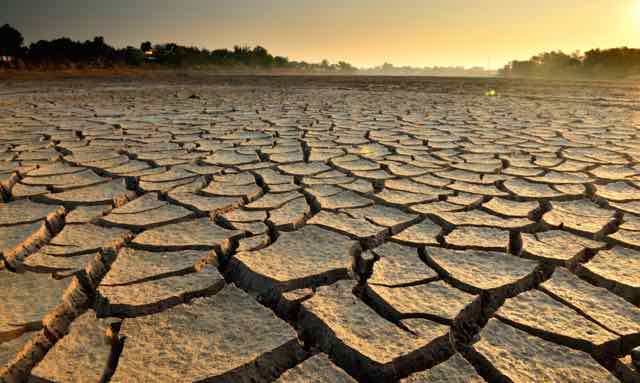New research may have found a solution to address California’s prolonged period of drought. A study conducted by researchers at Stanford University suggests that California’s aquifers, underground areas where water collects, may have up to three times the amount of useable groundwater as previously estimated. The research estimates that the previously untapped deep groundwater source could hold up to 2,700 billion tons of freshwater under the state’s Central Valley.
Historically, deep groundwater aquifers have been developed for gas and oil extraction, rather than used as a viable water source. Stanford’s study, the first of its kind, calls for further research into the matter so that deep aquifers can be protected from further risk of contamination from oil and gas companies. Ironically, the initial data that formed the basis for the study was provided by the same companies that are at risk of contaminating it. The study found that nearly one-third of gas and oil wells in the state are drilled directly into a source of freshwater.
The study could hold particular significance for the state’s agricultural sector. California’s Central Valley produces nearly one quarter of the Nation’s food including crops like cereal grains, tomatoes, grapes, and a wide variety of nuts.
During its four-year drought, California has relied heavily on groundwater for irrigation purposes. In a given year, farming activities consume between 25 million to 33 million acres of water, an amount so great that the water table has fallen by as much as 50 feet in some areas in the Central Valley. The floor of the valley is sinking as quickly as two inches per month causing significant damage to California’s infrastructure as a result of groundwater depletion.
“No one is monitoring deep aquifers,” said Mary Kang, one of the authors of the study in a press release, “We might need to use this water in a decade, so it’s definitely worth protecting.”













